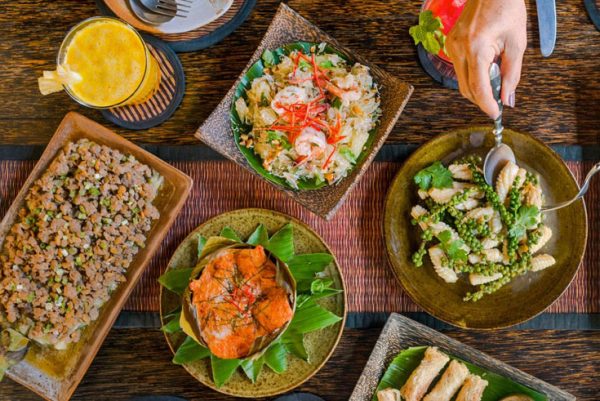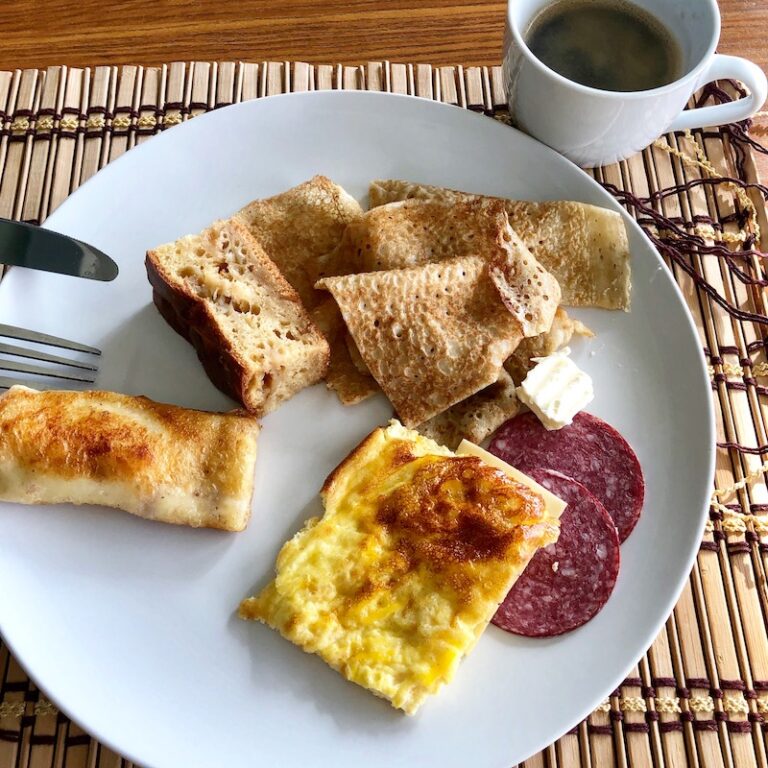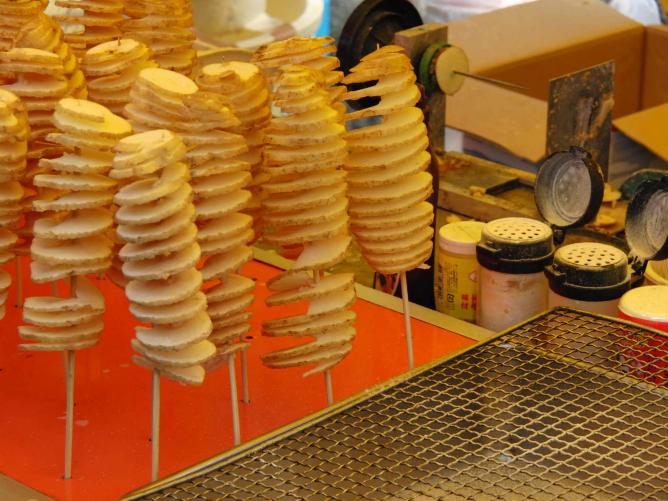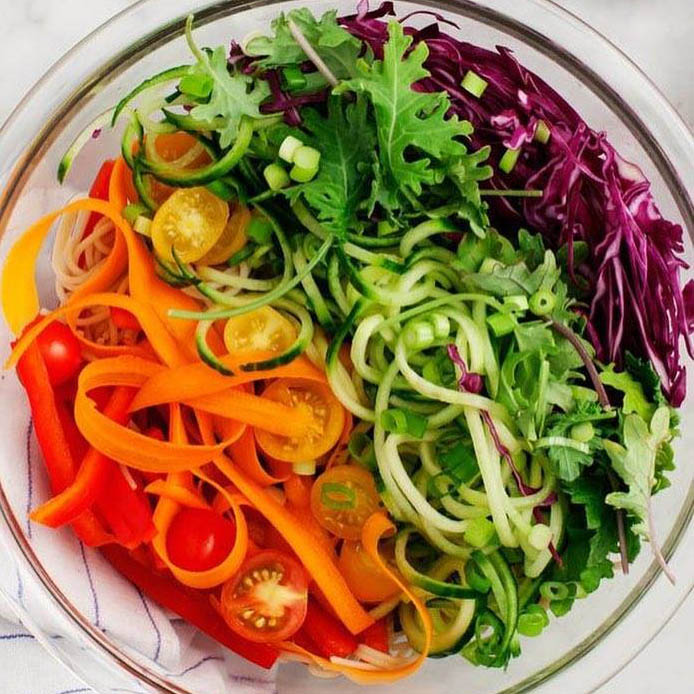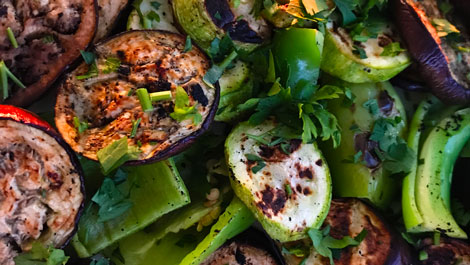Introduction: Micronesia’s Street Food Scene
Micronesia, a group of islands in the western Pacific Ocean, has a vibrant street food culture. The region is known for its mix of indigenous and international culinary influences, resulting in unique and delicious street food options. Street food in Micronesia is affordable, flavorful, and readily available, with vendors often setting up shop on sidewalks, in parks, and near popular landmarks.
Grilled Meat on a Stick: Satay and Yakitori
One of the most popular street food options in Micronesia is grilled meat on a stick. Satay, a Southeast Asian dish, is made with marinated and skewered meat, typically chicken, beef, or pork. The skewers are then grilled over charcoal and served with a spicy peanut sauce. Yakitori, a Japanese dish, is made with skewered chicken, often seasoned with salt or tare sauce, and grilled over charcoal. Both satay and yakitori are widely available in Micronesia and are popular choices for quick and tasty meals.
Fried Delights: Lumpia and Tuna Patties
Another popular street food option in Micronesia is fried food. Lumpia, a Filipino dish, is similar to spring rolls and is often filled with vegetables, meat, and sometimes shrimp. The rolls are then fried until crispy and served with a sweet and sour dipping sauce. Tuna patties, a local Micronesian dish, are made with canned tuna, onions, and spices, which are then shaped into patties and fried until golden brown. These savory fried delights are a popular snack or meal option in Micronesia.
Noodle Dishes: Chamorro and Pancit Canton
Noodle dishes are also a popular street food option in Micronesia. Chamorro, a local Micronesian dish, is made with noodles, chicken, vegetables, and soy sauce. The dish is often topped with green onions and red pepper flakes for added flavor and spice. Pancit Canton, a Filipino dish, is made with stir-fried noodles, vegetables, and meat or seafood. The dish is often seasoned with soy sauce and calamansi, a local citrus fruit. Both Chamorro and Pancit Canton are satisfying and hearty meals that are perfect for a quick lunch or dinner on the go.
Sweet Treats: Apigigi and Papaya Tarts
For those with a sweet tooth, Micronesia has a variety of delicious street food options. Apigigi, a local Micronesian dessert, is made with coconut milk, tapioca pearls, and sweet potato. The mixture is then wrapped in banana leaves and steamed until soft and pudding-like. Papaya tarts, a Filipino dessert, are made with papaya, condensed milk, and a flaky pastry crust. These sweet treats are perfect for a mid-day snack or after-dinner dessert.
Drinks and Snacks: Coconut Juice and Kettle Corn
Finally, Micronesia has a variety of refreshing drinks and snacks available on its streets. Coconut juice, made from the clear liquid inside a young green coconut, is a popular drink option that is both refreshing and hydrating. Kettle corn, a sweet and salty popcorn treat, is a popular snack that is perfect for those with a craving for something crunchy and flavorful. Both coconut juice and kettle corn are readily available from street vendors in Micronesia and are a great way to enjoy a tasty bite while exploring the islands.
In conclusion, Micronesia’s street food scene is a vibrant and delicious combination of indigenous and international cuisine. From grilled meat on a stick to sweet treats and refreshing drinks, street food in Micronesia offers a wide range of tasty and affordable options for locals and visitors alike.

